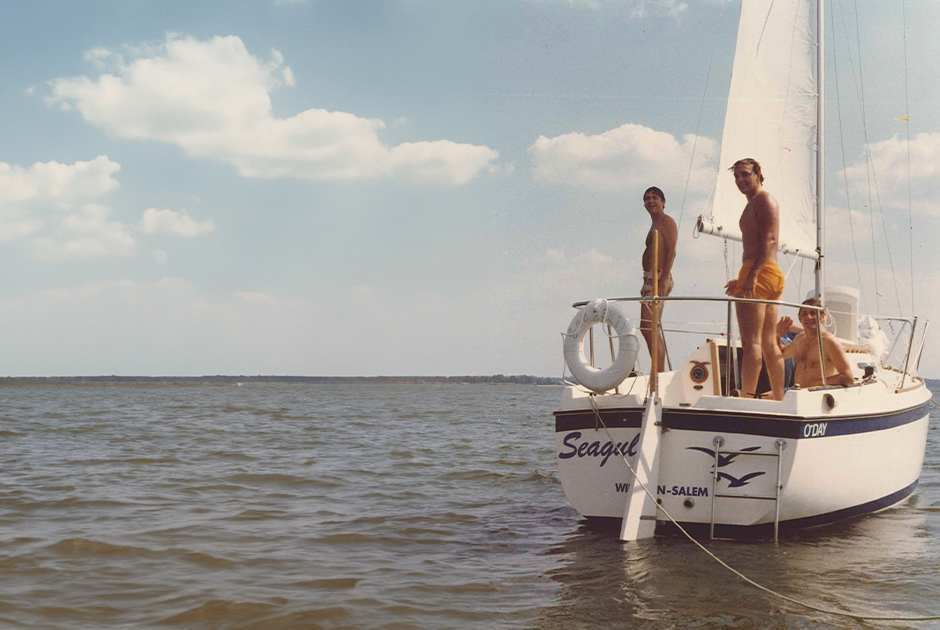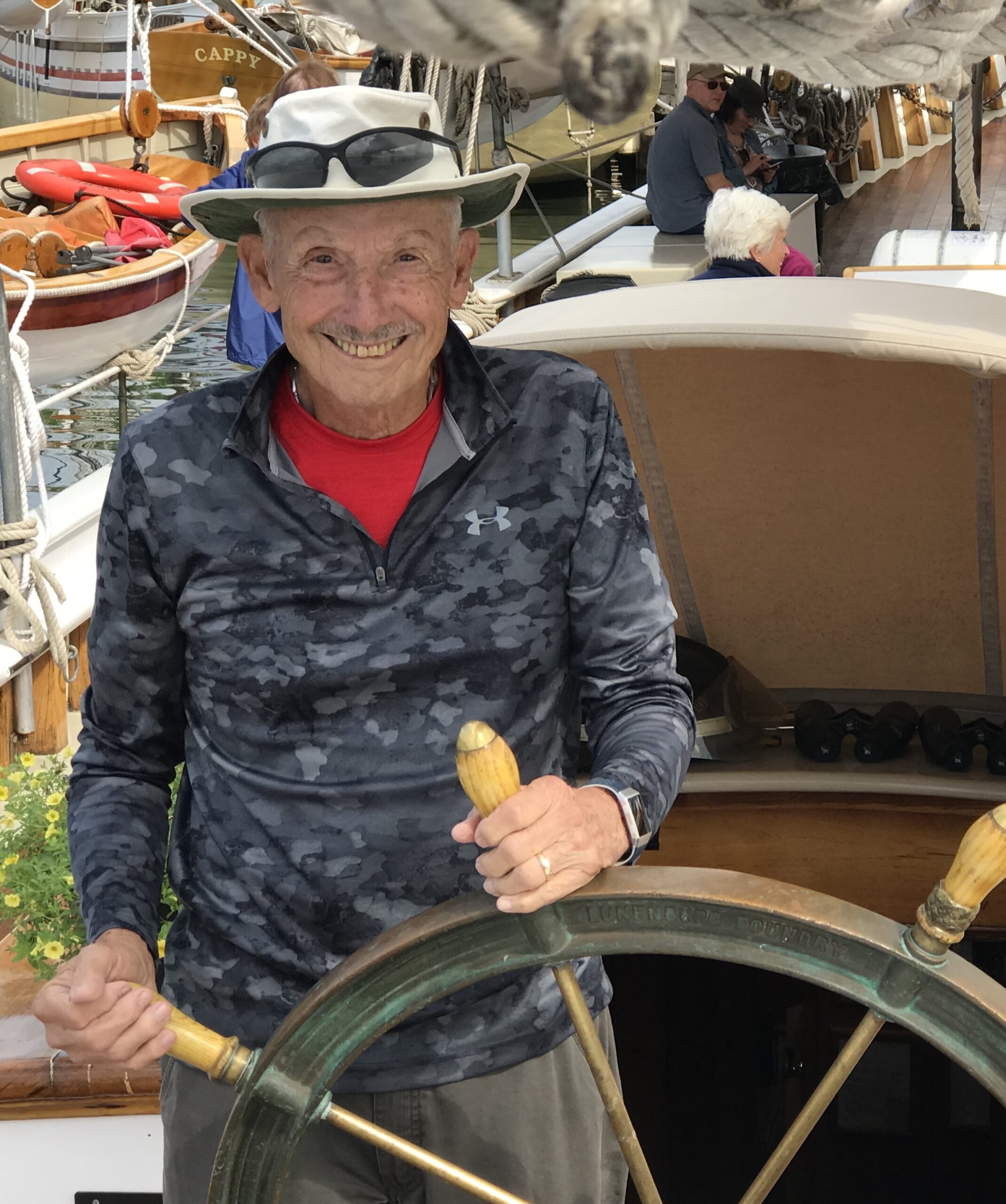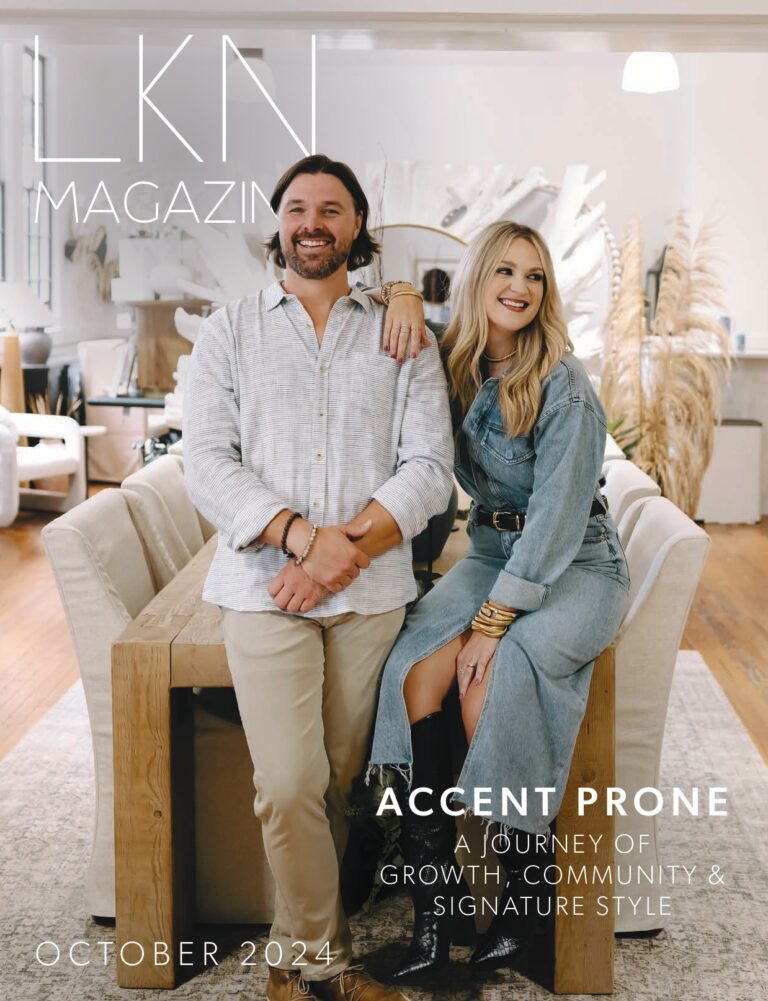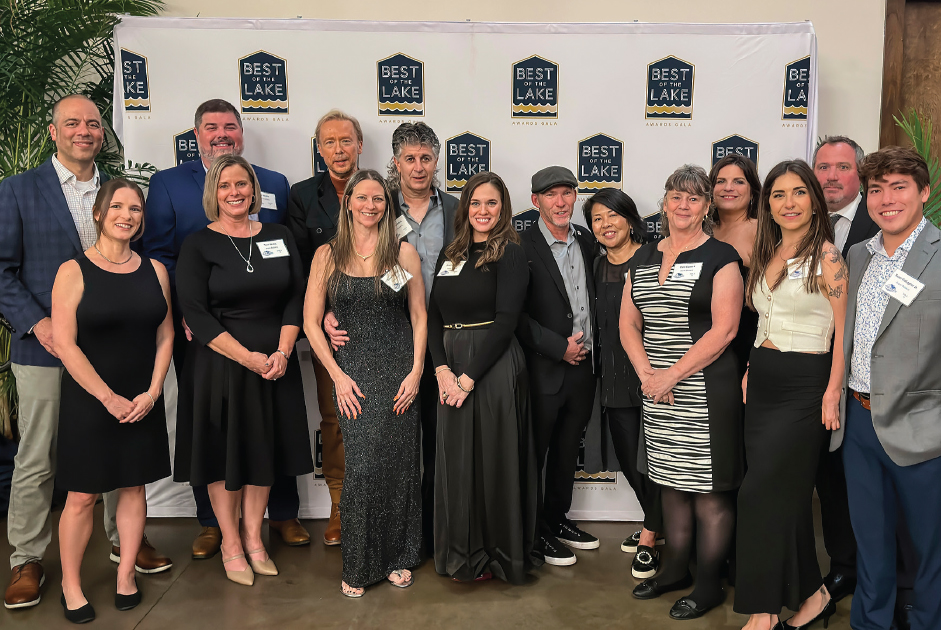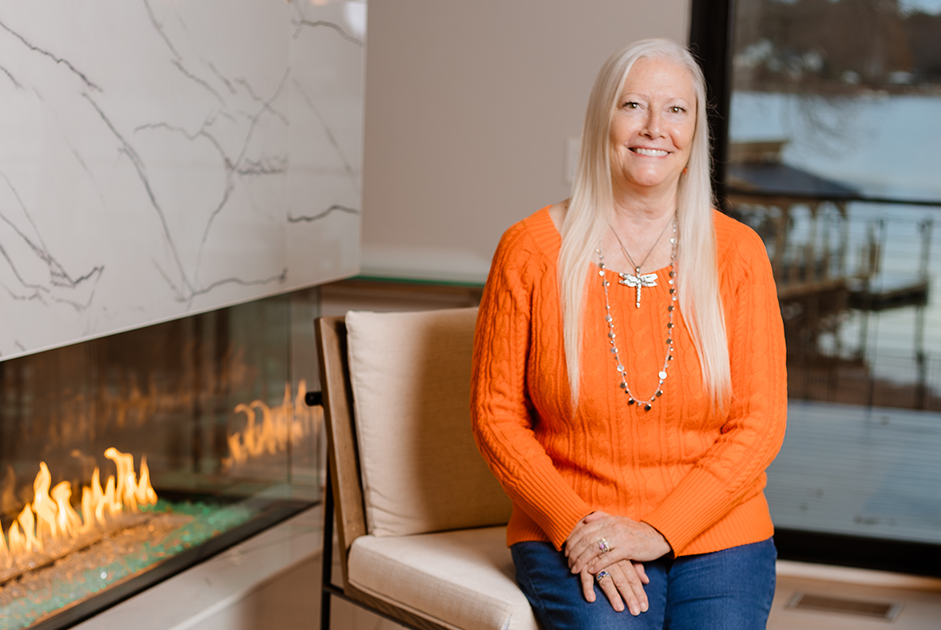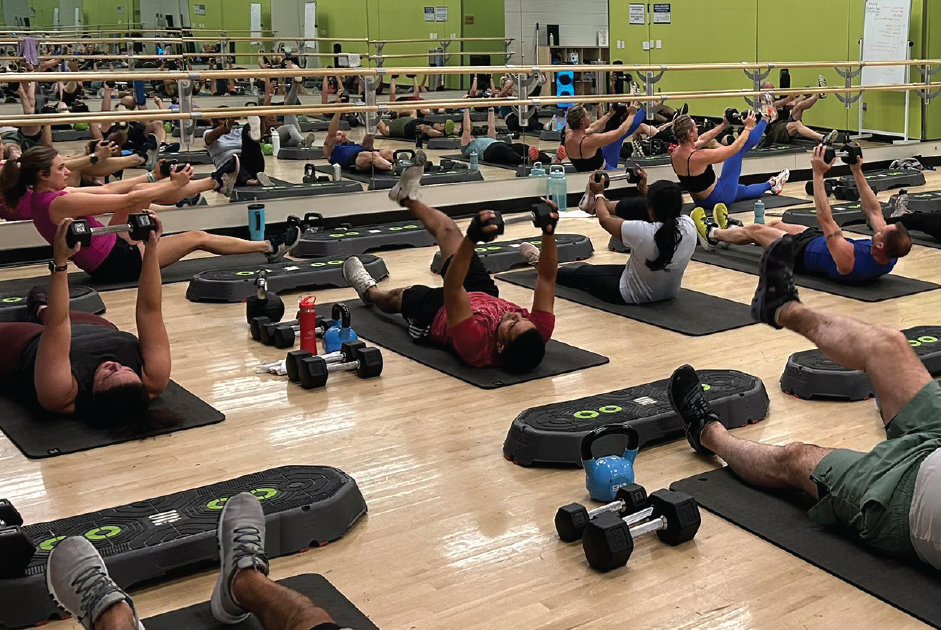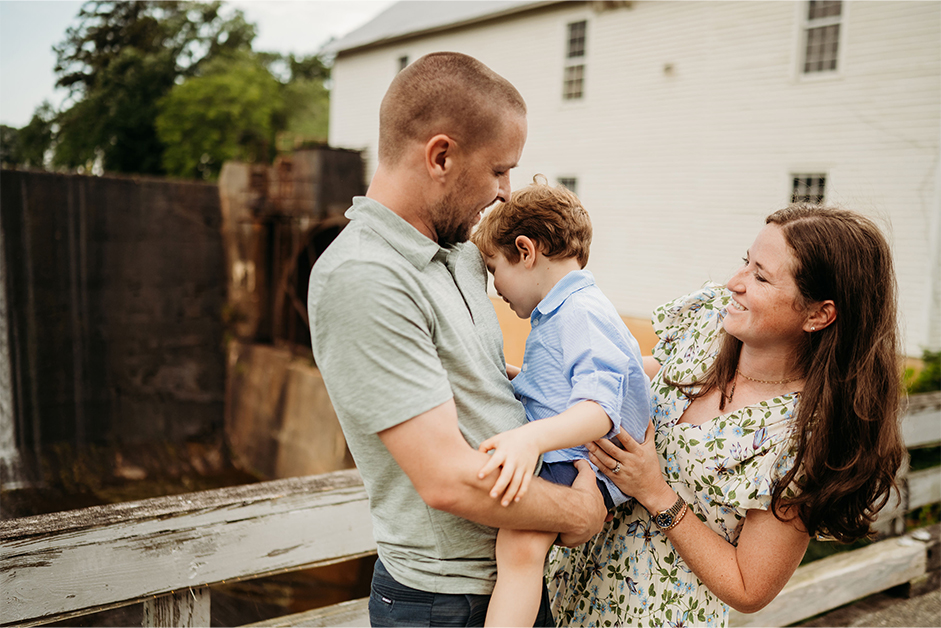We had a new 34’ O Day, sloop rigged sailboat, named SEAGULL II. We sailed every chance we got. Sometimes we sailed 100 miles out in the ocean to see if we could get back to the same spot we started from. Every weekend found us on the water somewhere. We enjoyed anchoring out for the evening. The moon and stars can be truly appreciated in the complete darkness of the night.
Our boat was moored on a buoy at the Raritan Yacht Club (RYC) in Perth Amboy, New Jersey. RYC is on the Raritan River just down from the Verrazano Bridge. The New York Yacht Club is the oldest continuously operating yacht club in the country; Raritan Yacht Club is the second. RYC provided a launch and driver to take us out to our boat. This service properly introduced our guests to boating. They met at the Yacht Club, boarded the launch and motored among a large fleet of sailboats on their way out to ours. While we were enjoying the evening at the buoy, we got an idea. Why don’t we start a chartering service where we could take one or two people on our boat for a weekend cruise? We had all the tools to make it work beautifully. A well-equipped sailboat, a dingy (a small boat kept on the larger vessel) and a six-pack license from the United States Coast Guard (USCG).
I had passed many of the courses that the United States Power Squadron, now known as America’s Boating Club (ABC), had offered, as well as the USCG Captain’s test. The ABC courses included Safety, Basic Seamanship, Piloting (which included chart reading and plotting), Marine Electronics, Weather and Engine Maintenance. The requirements for the USCG include one year on the water, documented within the last five years. They had multiple questions as well as plotting a course on the chart using LORAN waypoints. After passing all of this, I earned a six-pack license, which meant that I could charter and charge up to six people on the water.
This was essentially what we needed to get started. A few details did remain, like insurance, advertising and food. We decided that Marianne could cook them a veal marsala dinner, muffins, bagels, fruit and coffee for breakfast, and snacks for whenever. Our goal was to make the graduates have a fun weekend and be comfortable to charter their own vessel. The plan was that we would have them plot a course to Sandy Hook Cove, show them how to raise the sails and control the boat, then find a spot to spend the night. This would include lowering and setting the anchor after determining how much rode they would let out. Rode is the length of line between the anchor and the boat. The minimum is normally three times the depth. Five times is normal. So, if you are in 10’ of water, you would let out 50’ of rode. You set the anchor by putting the engine in reverse and pulling the anchor into the bottom. Then, you check your position. Now they could lower the dingy and go ashore.
We would explore some and then return to the boat. Getting on and off from the dingy was an act. After a fun day of work and play, it is always nice to take a shower. True, the SEAGULL II had all the amenities – ice box, stove, head (toilet), shower, dining table, bunks and so on. But, it had a limited supply of water.
So, I explained to them that we would take a JOY-Bath. It was at this point that all the guests started to look at me differently. I had to explain that this was an accepted technique used by cruisers all over. The way it works is that you jump into the salt water, come back on board and clean yourself using JOY soap. Then, jump back into the salt water, rinse the soap off, climb out and immediately dry yourself. No salt on you. Guaranteed it works.
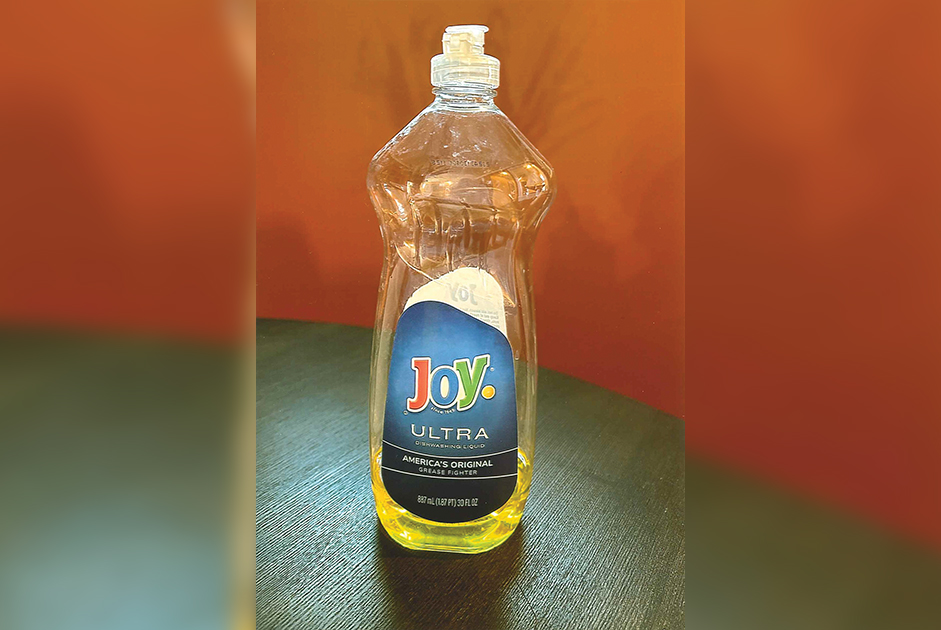
Our trip back to RYC was always a joy. We showed them how to properly pick up the lines from the mooring, secure the vessel and call the launch. Safely home again.
As a side note, after cruising many years, Marianne went to the hairdresser, and she said Marianne’s hair was beautiful. She asked what she was doing to it. Marianne said washing it in JOY soap and salt water. This blew them away.
I eventually earned my Master’s License from the USCG in both sail and power vessels. This is unusual, since most only get this license in power.
